Search
Remove Ads
Advertisement
Summary 
Loading AI-generated summary based on World History Encyclopedia articles ...
Search Results
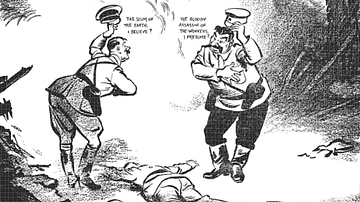
Definition
Nazi-Soviet Pact
The Nazi-Soviet Pact, also called the Molotov-Ribbentrop Pact after the respective foreign ministers of the USSR and Germany, was a non-aggression agreement signed in August 1939. The pact allowed the leader of Nazi Germany Adolf Hitler (1889-1945...
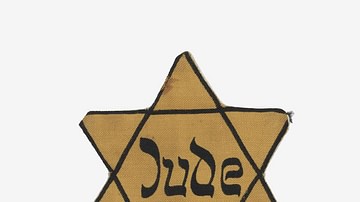
Article
Why Did Hitler Hate Jewish People?
The leader of Nazi Germany Adolf Hitler (1889-1945) identified Jewish people as enemies of the state, presenting them through relentless propaganda as responsible for Germany's economic and cultural decline. Basing this propaganda on White...

Definition
Boston Tea Party
The Boston Tea Party was an act of political protest carried out by American colonists on 16 December 1773, in Boston, Massachusetts. Disguised as Mohawk Native Americans, the colonists dumped 342 crates of tea into Boston Harbor to protest...
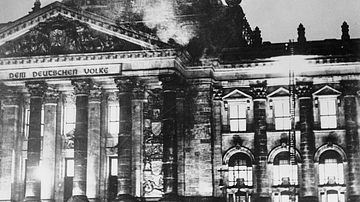
Definition
Reichstag Fire
The Reichstag fire of 27 February 1933 was a possible arson attack on the German parliament building. The fire was blamed on a communist anarchist Marinus van der Lubbe (1909-1934), but it may have been the work of the Nazi party's paramilitary...
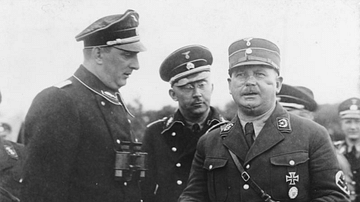
Definition
Night of the Long Knives
The Night of the Long Knives (aka Blood Purge or Röhm-Putsch) of 30 June 1934 was a purge of the Nazi Sturmabteilung (SA) paramilitary group which continued through 1 and 2 July. Adolf Hitler (1889-1945), wary of the growing power of the...
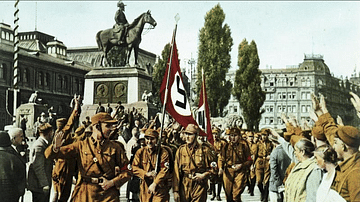
Definition
Sturmabteilung
The Sturmabteilung (SA or Storm Detachment), popularly known as the Brownshirts for their uniform, was the paramilitary arm of the German Nazi party led by Adolf Hitler (1889-1945). The SA was formed in 1921 and led most famously by Ernst...
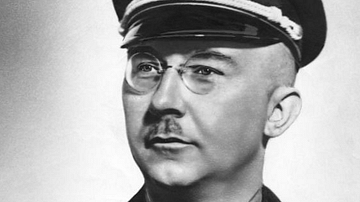
Definition
Heinrich Himmler
Heinrich Himmler (1900-1945) was the head of the Nazi SS (Schutzstaffel) organisation. One of the most powerful individuals in Nazi Germany, Himmler built up the SS from a small paramilitary unit to a vast organisation, which included armoured...
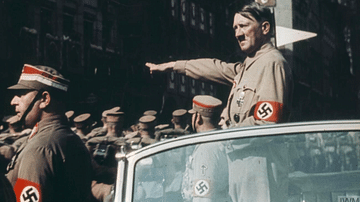
Article
How Did Hitler Rise to Power?
The rise of Adolf Hitler (1889-1945), the Nazi dictator of Germany from 1933, was enabled by those already in power eager to take advantage of his popularity. Hitler promised to make Germany great again after the humiliation of WWI by restoring...

Definition
Alfred Rosenberg
Alfred Rosenberg (1893-1946) was an Estonian-born Nazi who propounded anti-Semitic racial theory and anti-Christian values. Rosenberg's theories matched those of the leader of Nazi Germany Adolf Hitler (1889-1945) and were used to justify...

Definition
Rudolf Hess
Rudolf Hess (1894-1987) was deputy leader of the German Nazi Party and a key figure in the fascist regime of Adolf Hitler (1889-1945) until his bizarre decision in 1941 to fly to Scotland. Hess believed he could persuade Britain to withdraw...